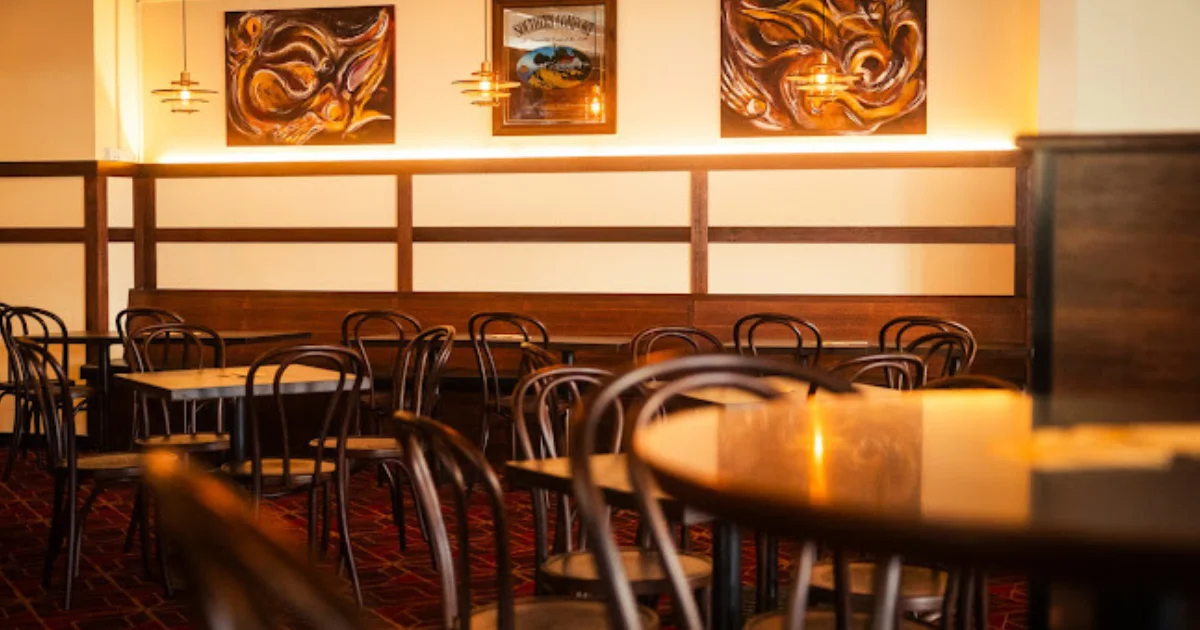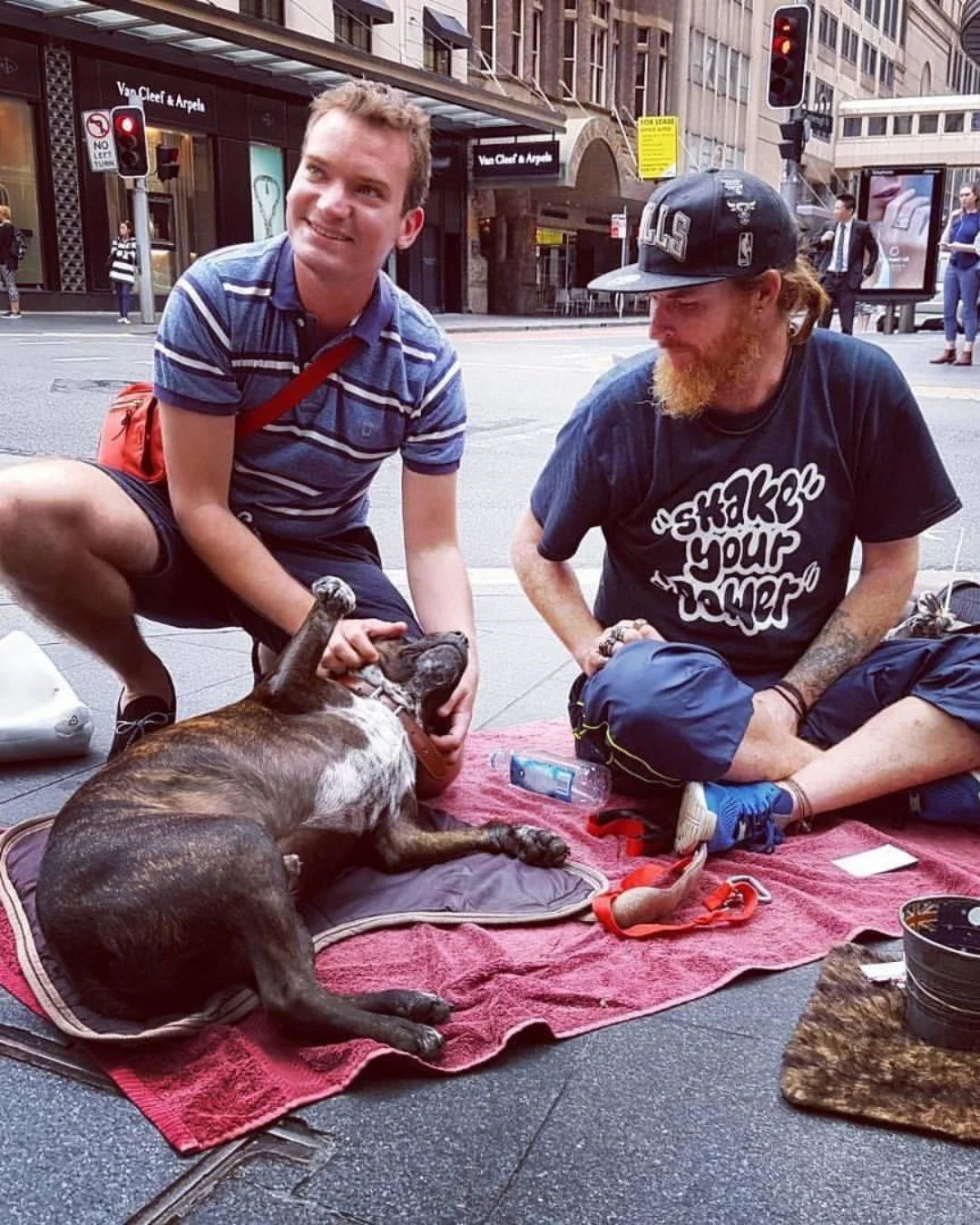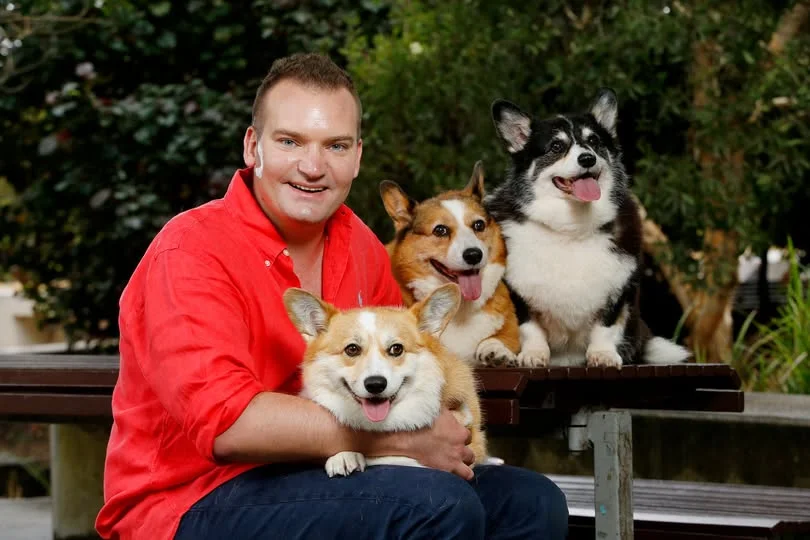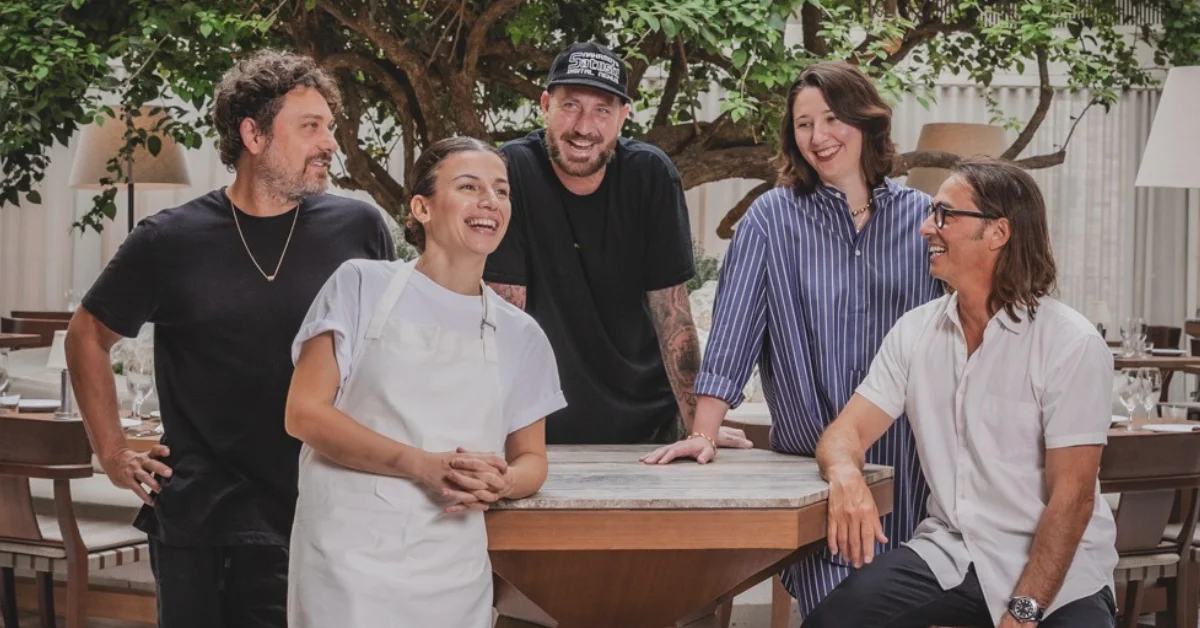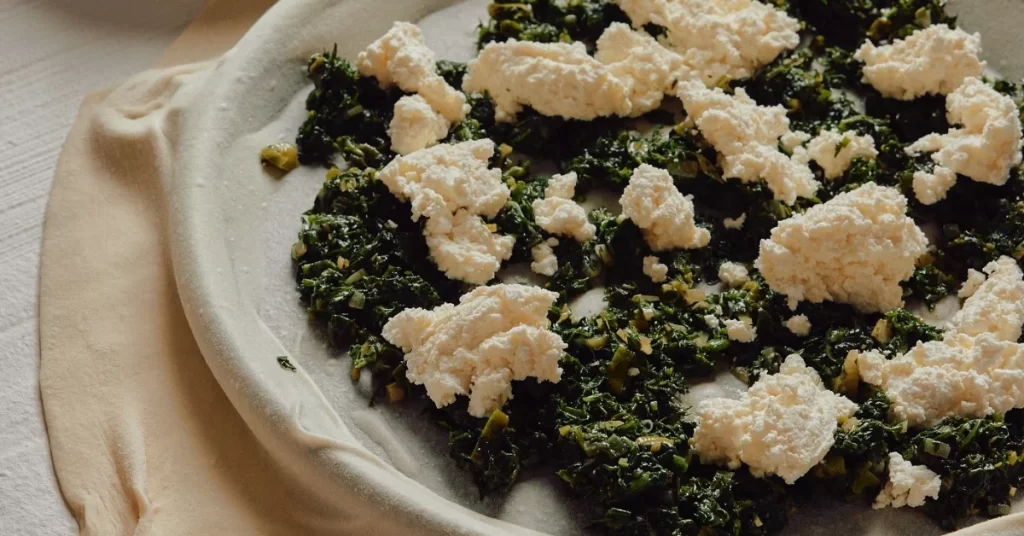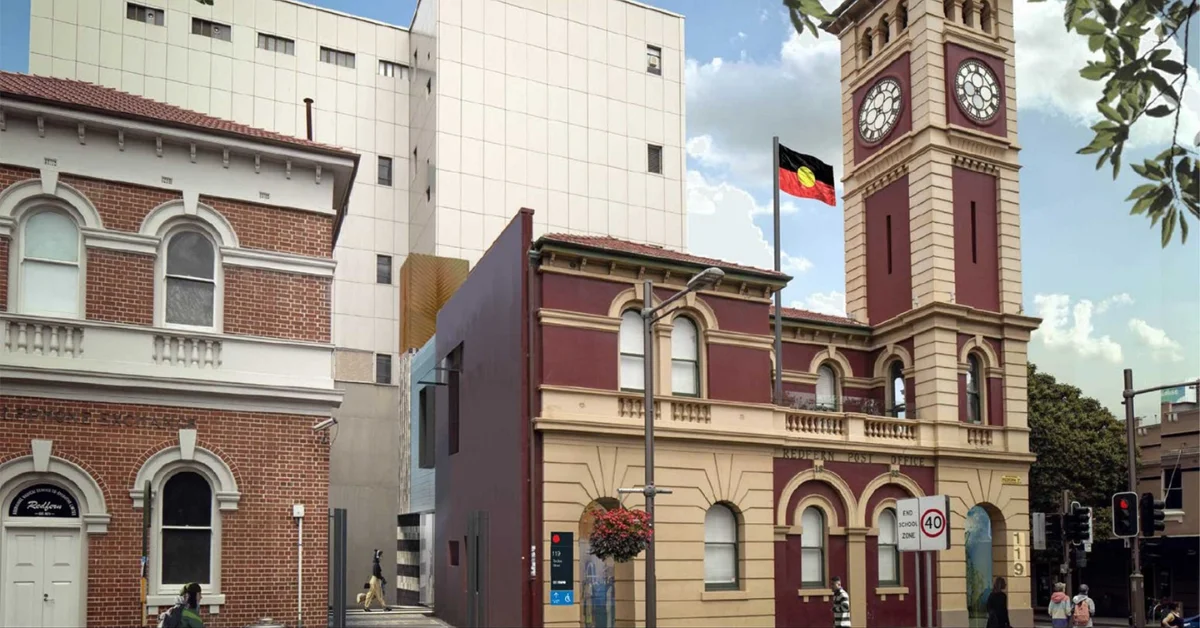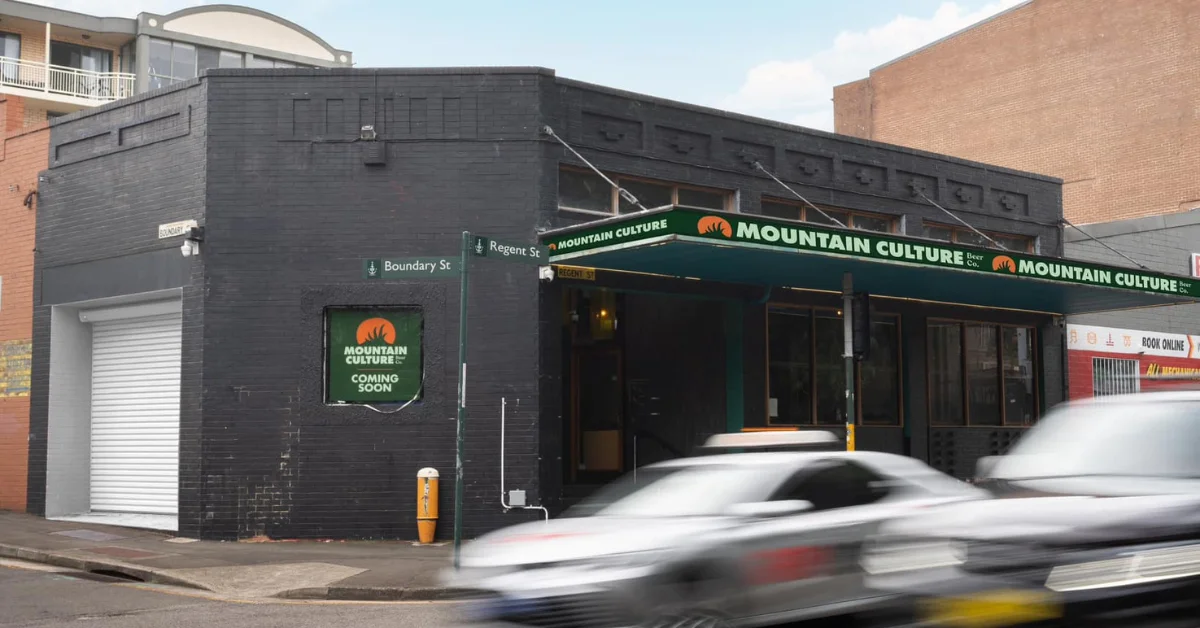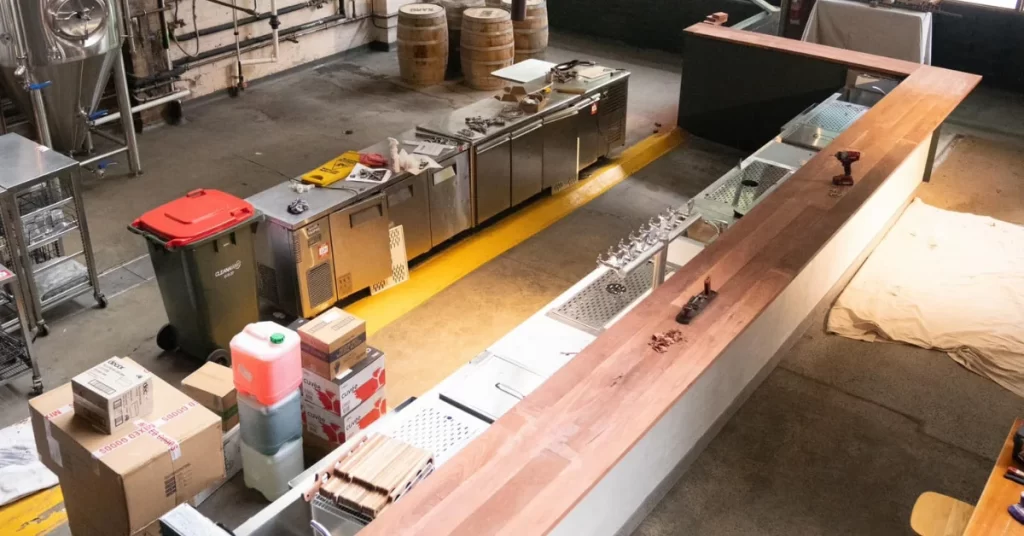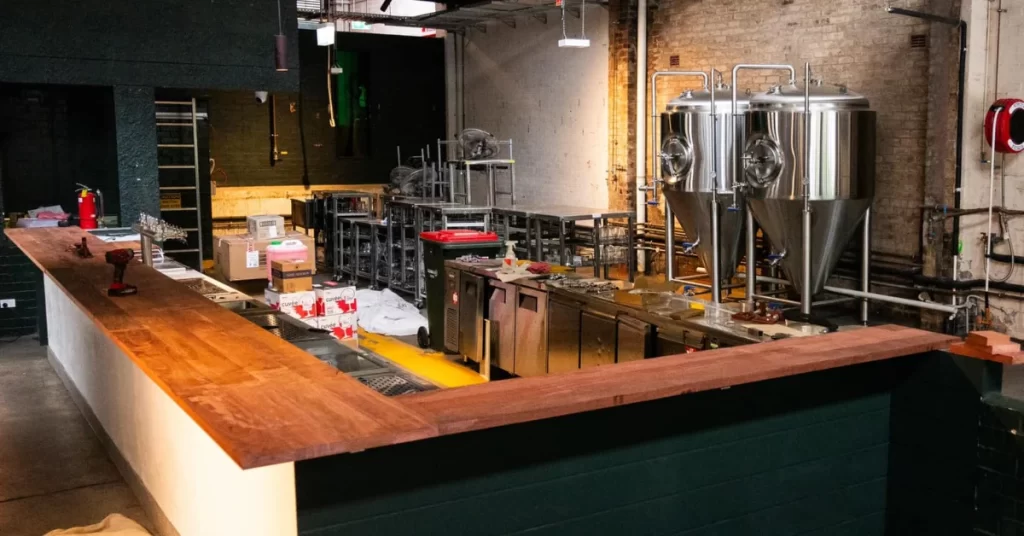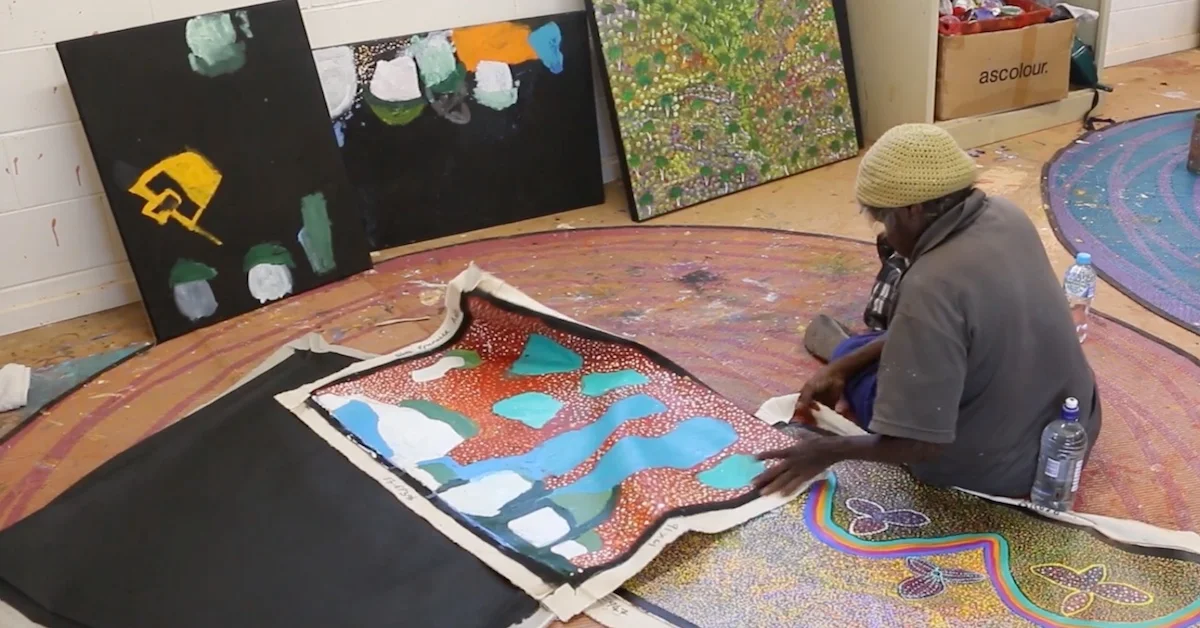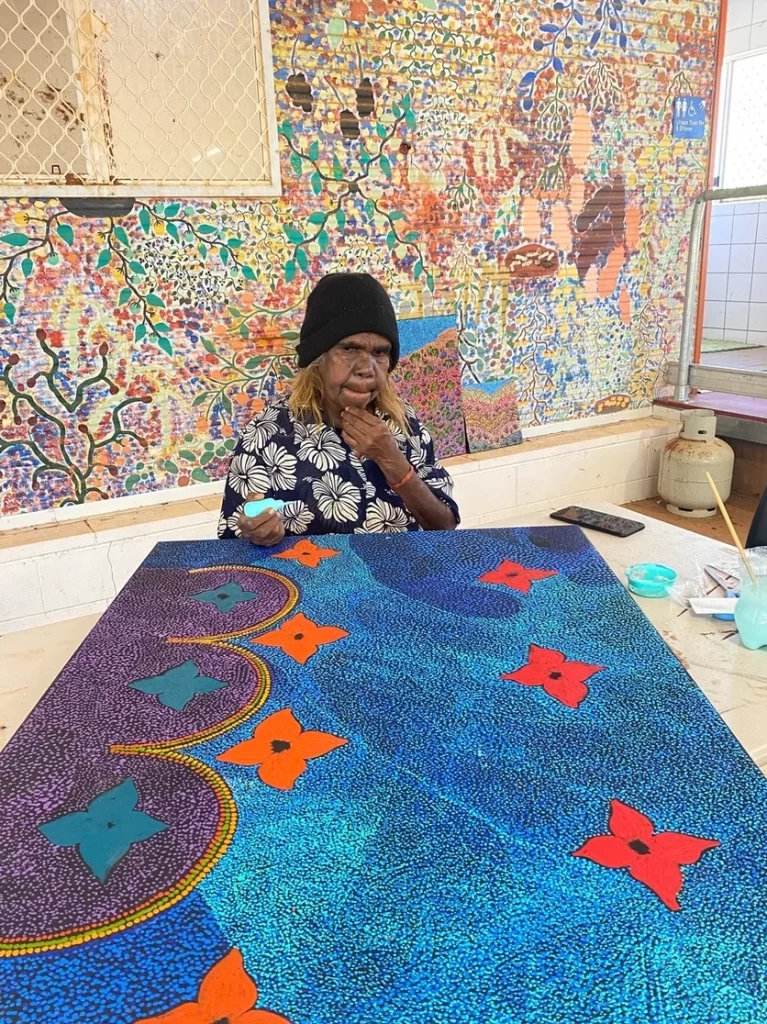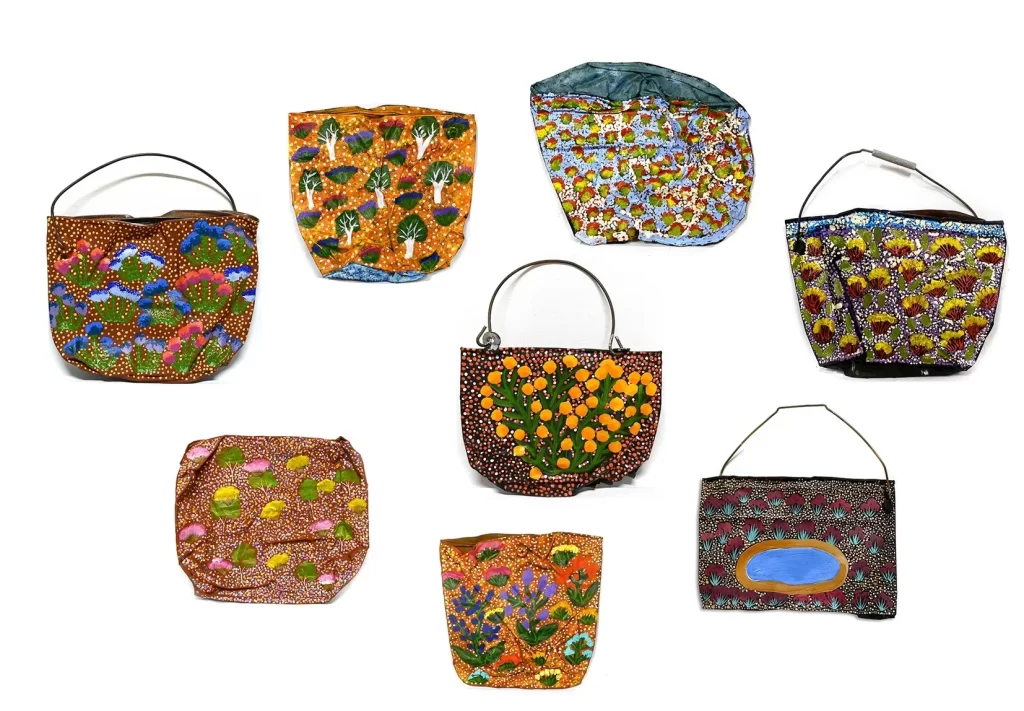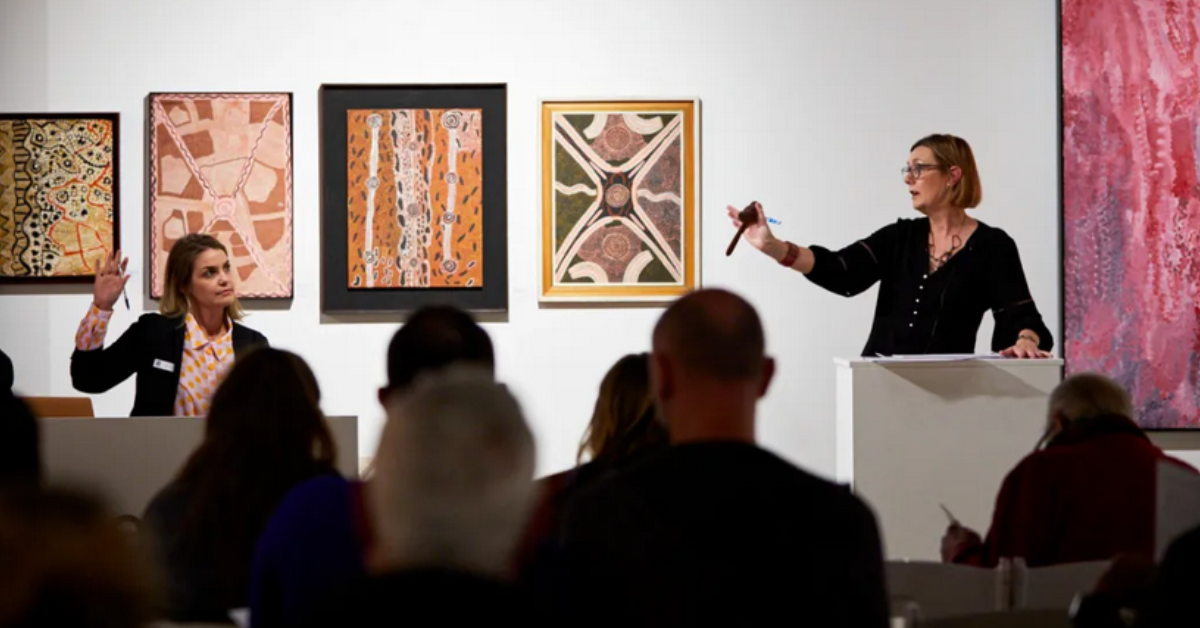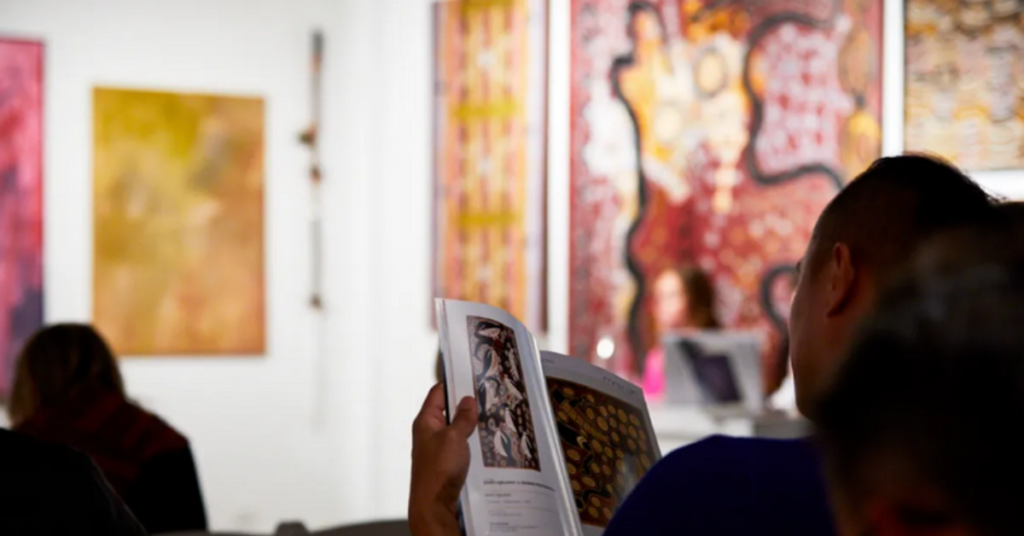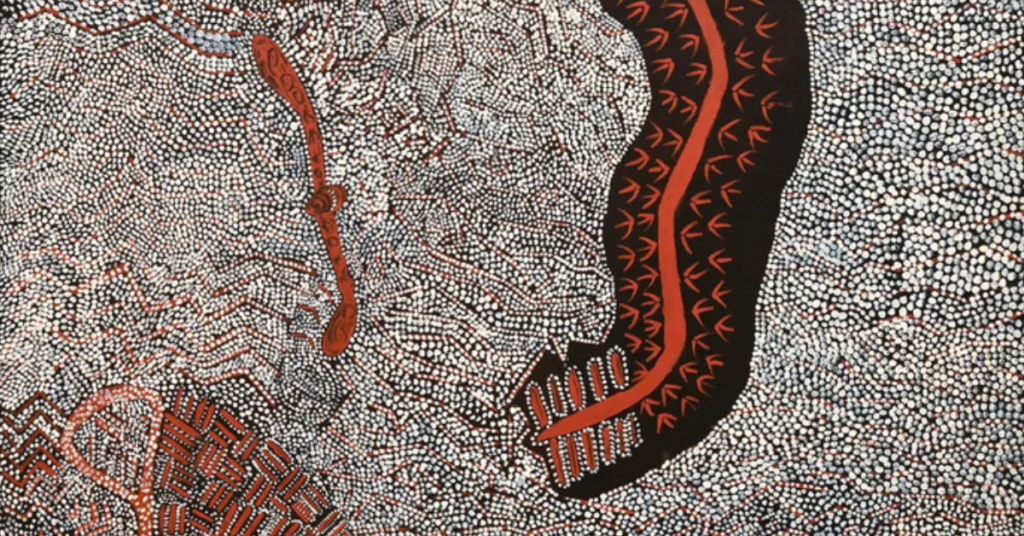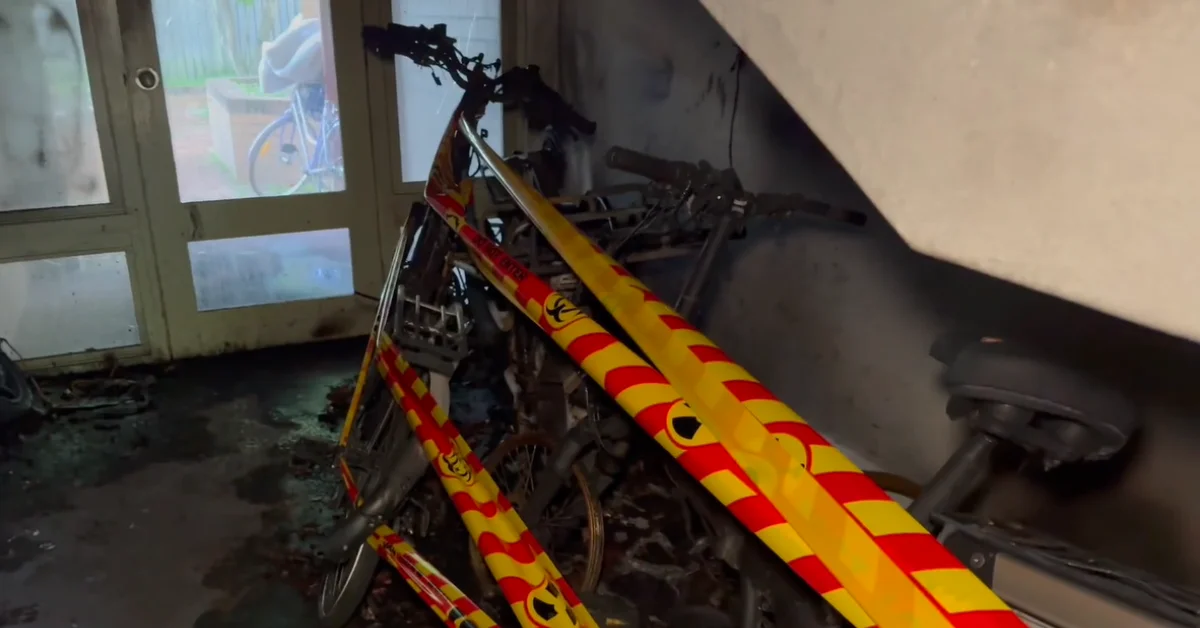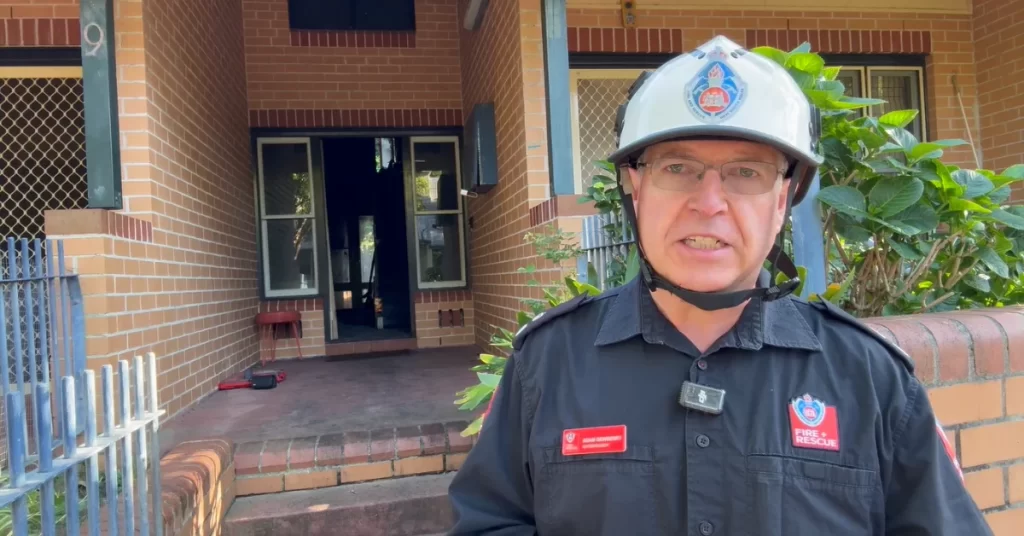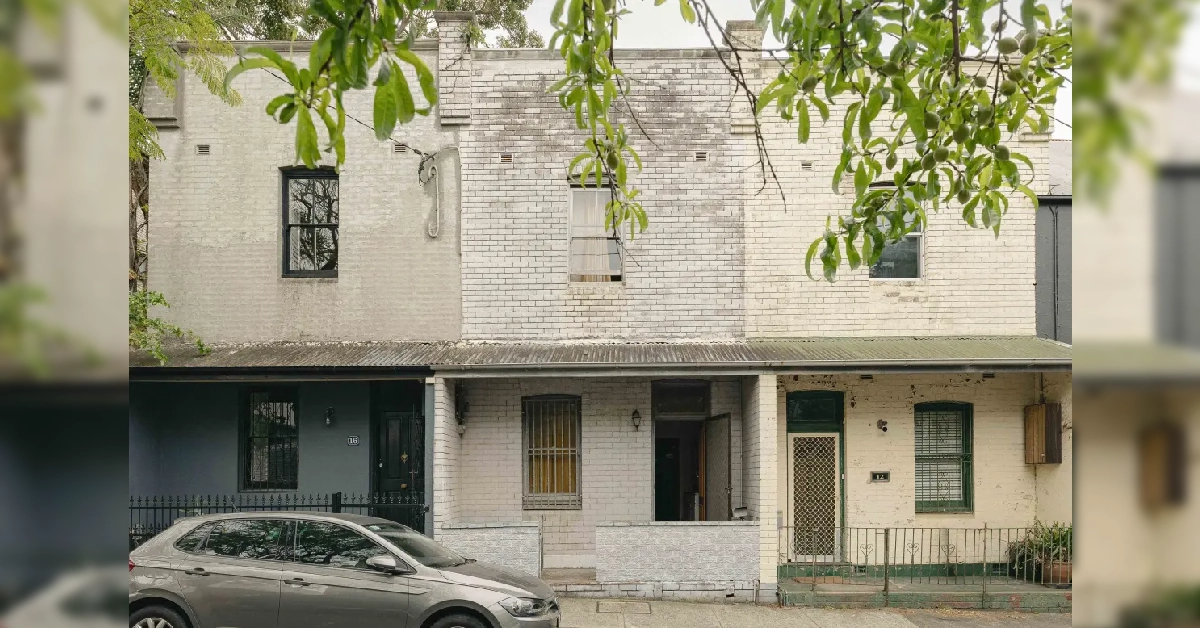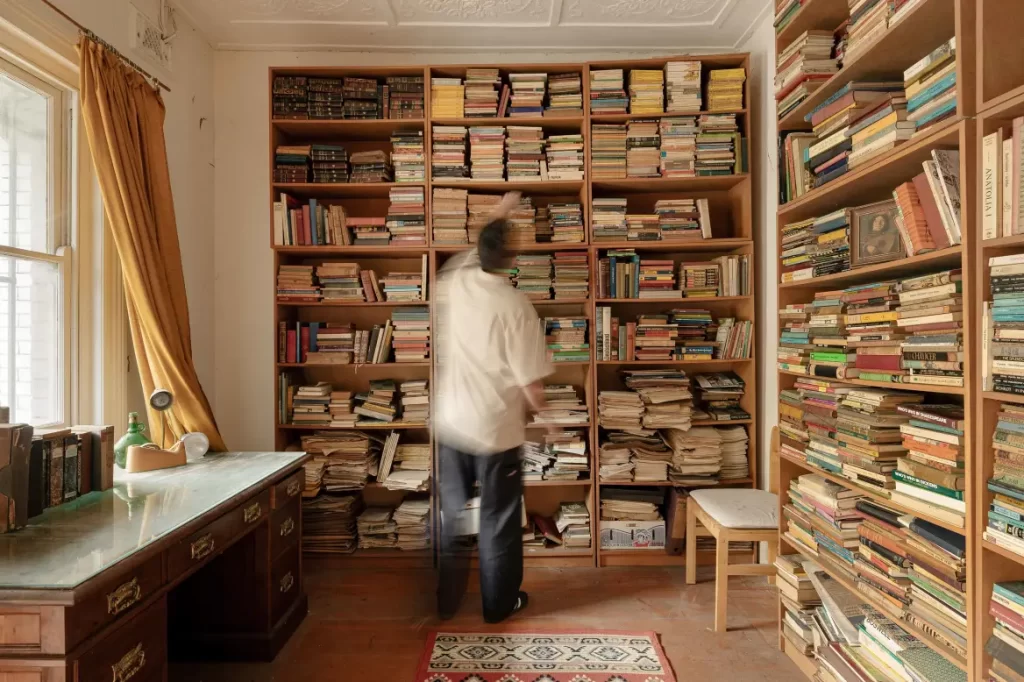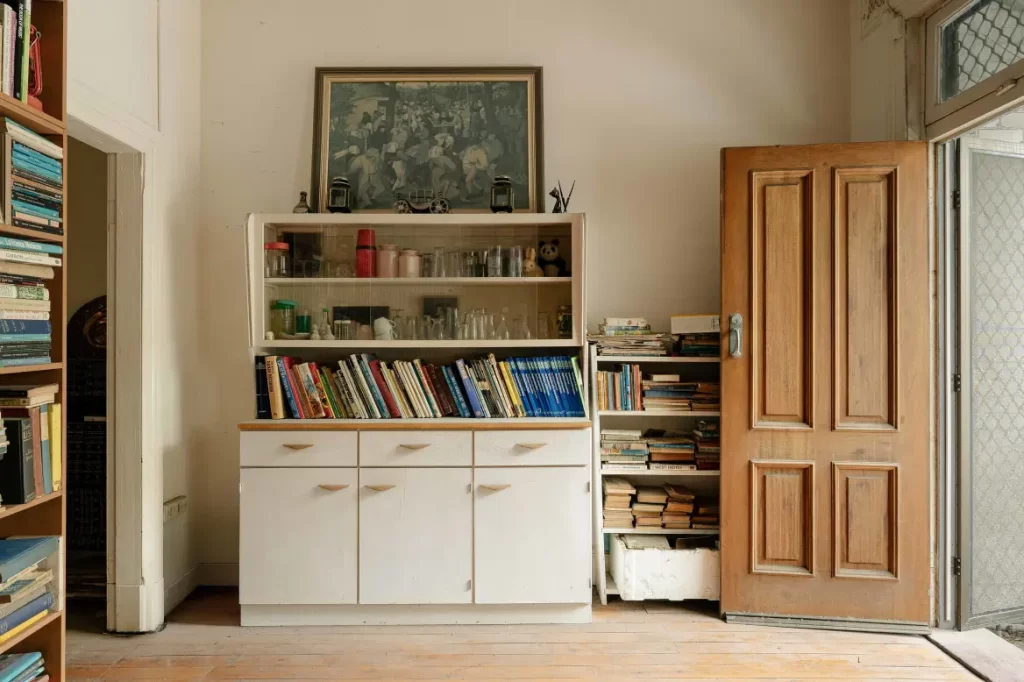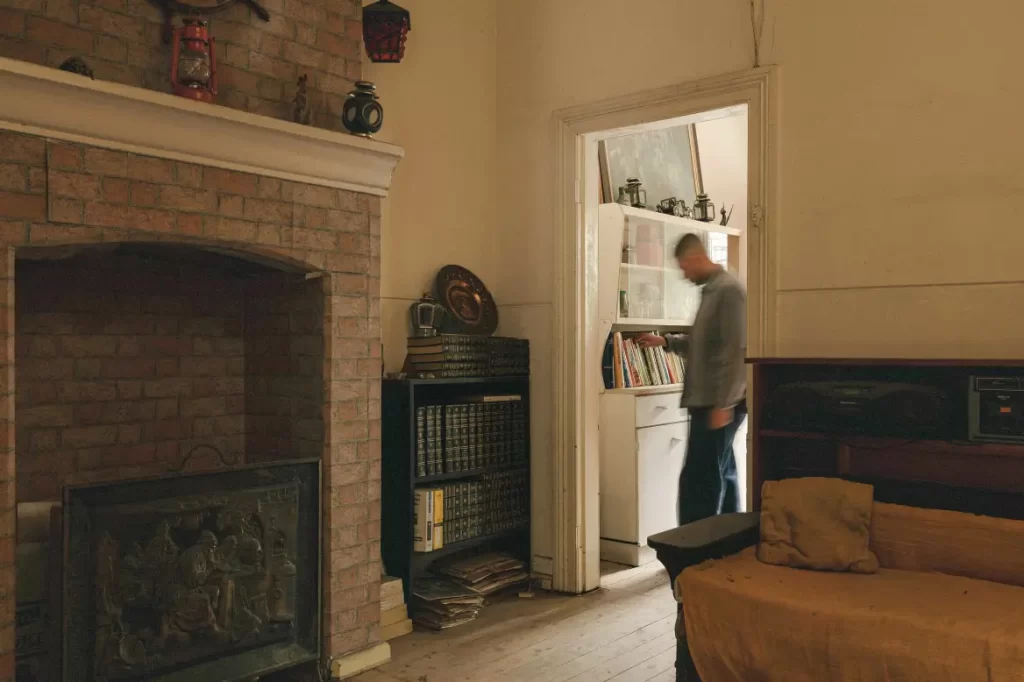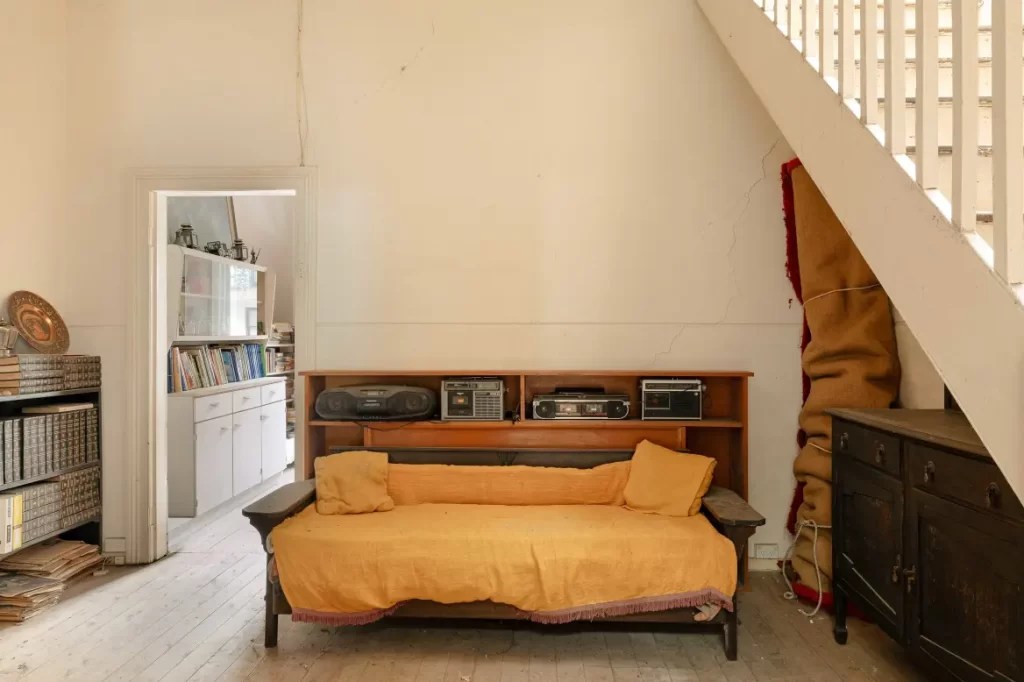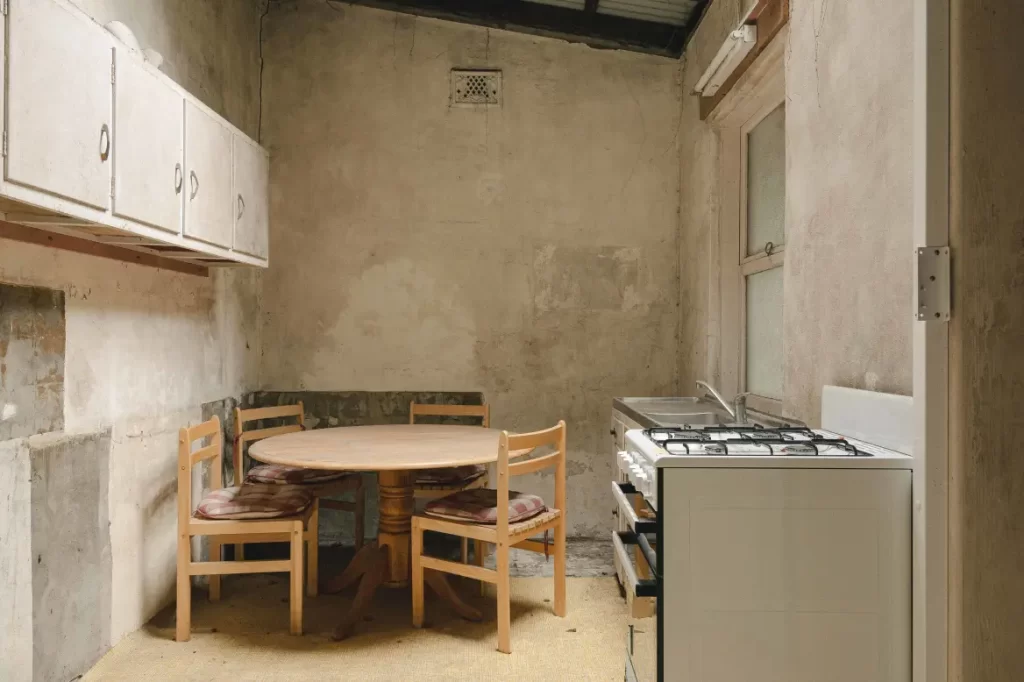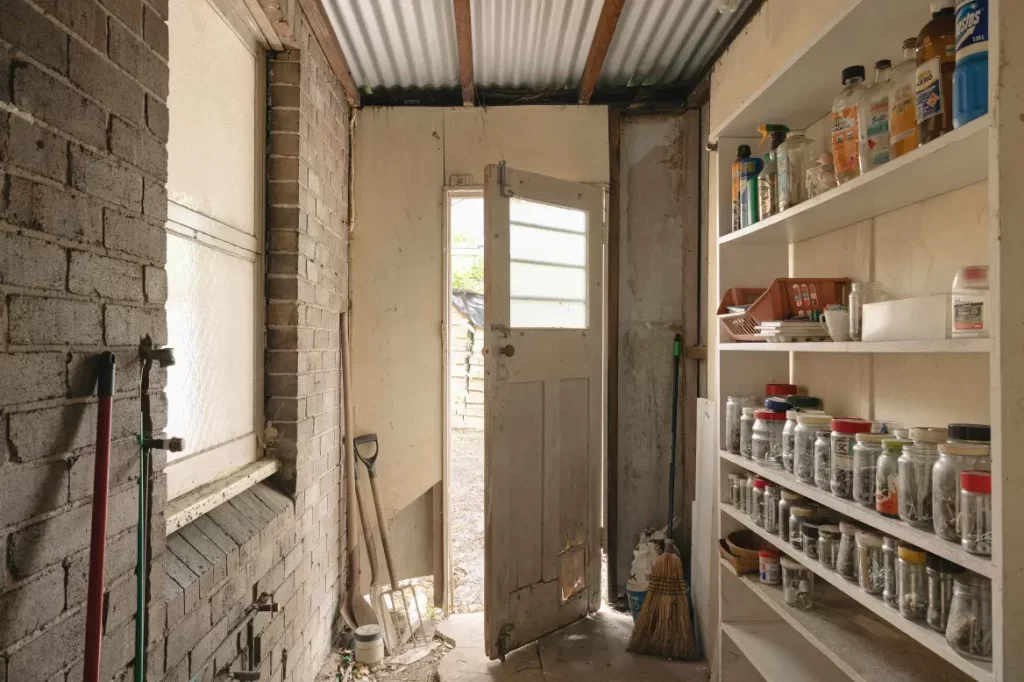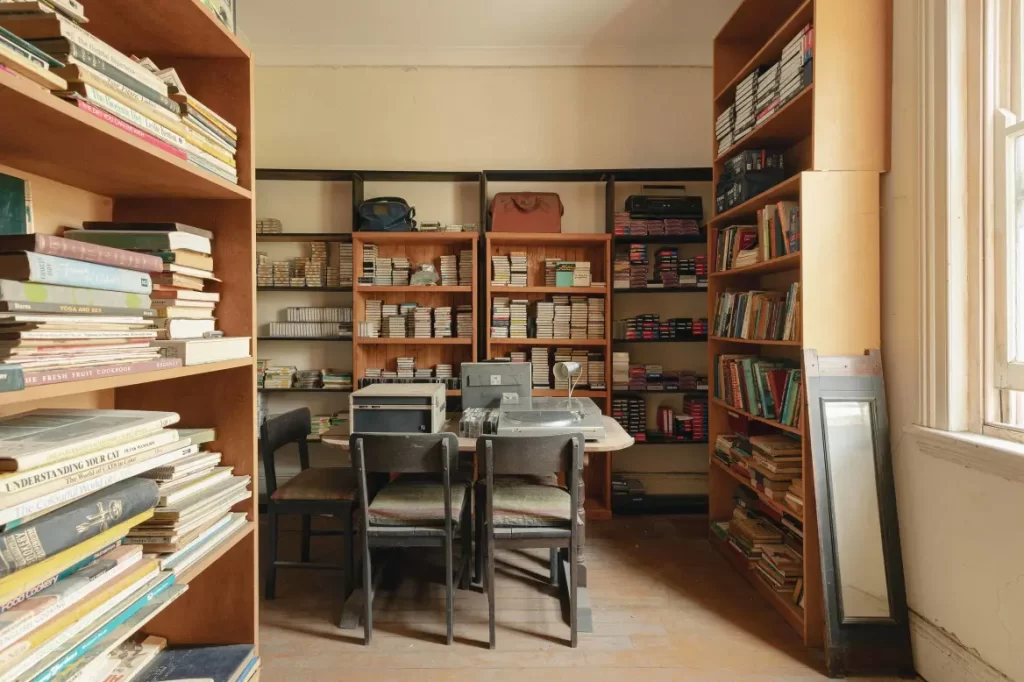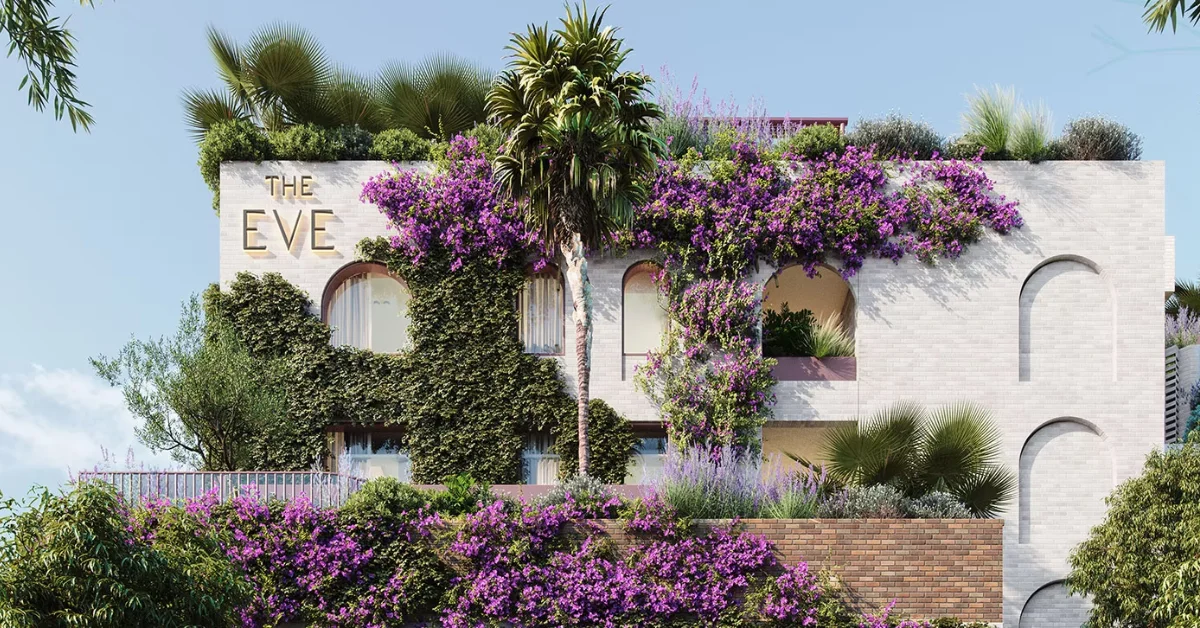The Bat & Ball Hotel in Redfern is stepping into a new era with fresh management, a contemporary menu, and subtle renovations, while keeping its vintage charm intact.
Read: Historic Pub Gets a Modern Makeover: The Bat and Ball Hotel Reopens
Under the stewardship of an impressive team—including Zac Godbolt (co-founder of Doom Juice), Dan McBride and Dynn Szmulewicz (of Enmore Country Club), chef Cameron Votano (of BTB Kirribilli), and Rachael Paul (formerly of Redfern’s The Sunshine Inn)—the venue has embraced change without losing its soul.
A Refined Menu and Dog-Friendly Vibes
The pub is more than just a place for a pint; it’s now a destination for food and fun. They bring a touch of flair to the kitchen with standout dishes like a jazzed-up fish burger. Patrons can still enjoy the quintessential chicken schnitzel and beers on tap, but now with the added treat of an improved wine selection and a streamlined cocktail menu.
The pub remains a value haven, offering pints for schooner prices until 6 p.m., ensuring loyal locals and newcomers alike feel at home. And, if you’re a dog owner, rejoice—The Bat & Ball is proudly dog-friendly.
Vintage Charm Meets Modern Refinement
The venue’s renovations nod to its rich history while freshening up its appeal. The pool room, adorned with vintage sports pictures, the checkered tiles framing the floors, and the over-patterned carpet all whisper nostalgia. These design elements ensure the space retains the inviting character of a classic Australian pub.
A History as Rich as Its Brews
The Bat & Ball Hotel’s roots stretch back to 1929, when it was first known as “The Duke of Cleveland.” It was rebuilt in 1931 and rebranded in 1937, with its current name which was inspired by its proximity to the iconic Sydney Cricket Ground. Over the decades, it has become a neighbourhood staple, welcoming locals, sports fans, and pub enthusiasts alike.
Late Nights, Longer Memories
With its 2 a.m. license, the pub ensures the good times can roll well into the night. Whether you’re here for the drinks, the food, or just the warm, welcoming ambiance, the revamped pub offers something for everyone.
Read: Eve Hotel to Open with a Twist: Liquid & Larder Takes the Helm in Redfern
For locals, it’s a fresh twist on an old favourite. For newcomers, it’s an invitation to be part of Redfern’s history while savouring its exciting future. The Bat & Ball Hotel has entered a new chapter, and it’s one worth toasting.
Published 31-December-2024



